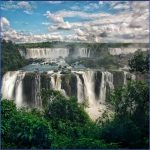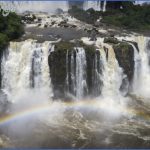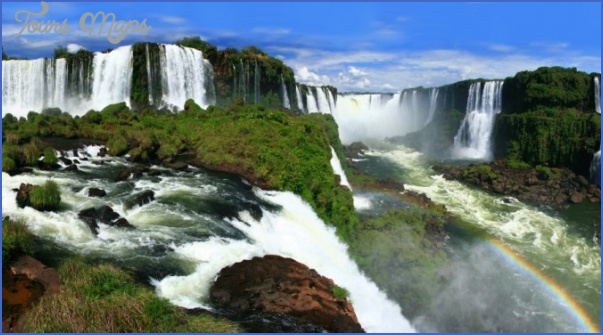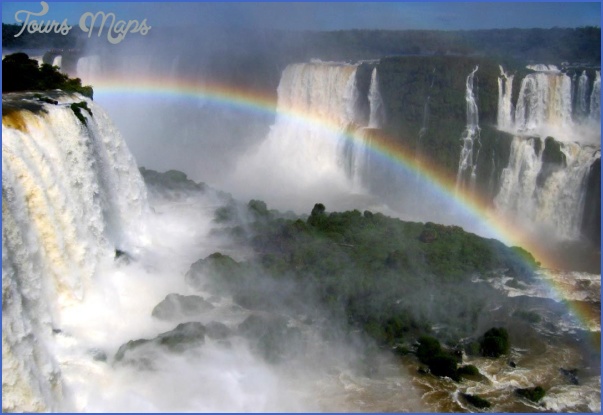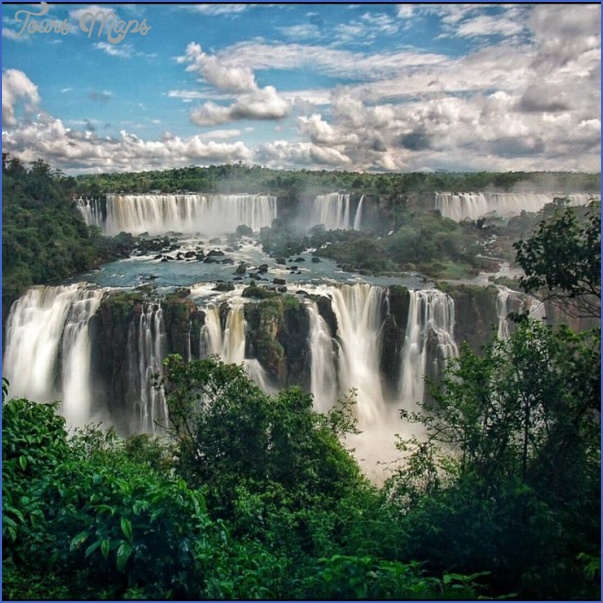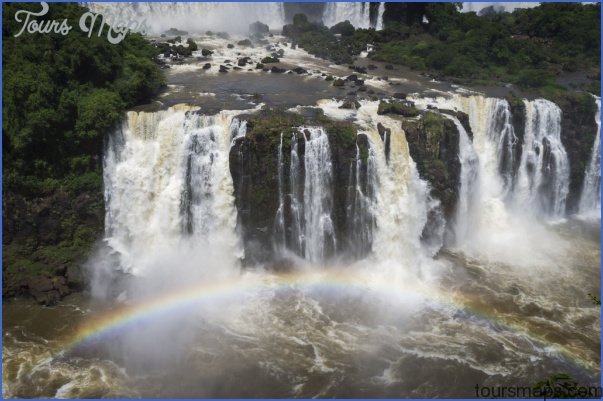Flora
Paraguay has an abundance of flowering trees – each season different ones bloom, filling the landscape with bright colors. There is always a new color to enjoy – the chivato’s orange, the jacaranda’s lilac, the deeply saturated yellow of the yvyrapyta. The lapacho is the national tree of Paraguay and comes in three varieties: pink, yellow, and white, the latter being the rarest of the three. The lapacho is often referred to by its Guaram name tajy.” The explosion of pink tajy flowers keeps many Paraguayans’ spirits high during cold winter days. The mango tree, with its enormous shade-giving foliage and vast quantities of fruit, may as well be another national tree. Other important trees include several hard wood trees such as trebol, quebracho, and palo santo. In the Chaco, the palo borracho (drunken stick) tree is especially adapted to the dry climate, soaking up water until its thorny trunk looks bloated and ready to pop. Other flowering plants include the passion fruit plant whose strangely beautiful flower, the mbaracuya poty, is the national flower of Paraguay. Paraguay is also home to several species of orchids.
Sidebar: Guaram is the third most common language used in scientific names of plants, after Greek and Latin.
Sidebar: Naturaleza del Paraguay (www.familiadiarte.com) has excellent photos of Paraguay’s flora and fauna with descriptions in Spanish.
Palo Santo, Bullet Proof Wood
Palo Santo is perhaps Paraguay’s most intriguing hard wood. The wood is one of the hardest in the world and is even said to be able to withstand bullets. It has a bluish green tint and gives off a pleasant, vaguely medicinal smell. This unmistakable scent makes palo santo ideal for use in mate and terere guampas where it adds a distinct flavor to the water. U.S.-based brewery Dog Fish Head has recently released Palo Santo Marron, an ale aged in a barrel made of palo santo.
Christmas Smells Like Coconut
Flor de coco or coconut flowers, play an important role in Paraguayan culture. In the days leading up to Christmas, the streets and markets are full of these two to three foot long fuzzy brown pods with rows of yellow seeded strands peeking out. The flor de coco does not look like a flower at all, rather, it looks more like an enormous ear of baby corn. These are an essential component to any nativity scene orpecebre. The aroma permeates the atmosphere, and most Paraguayans associate this fragrance with Christmastime. There is even a Christmas song called Navidad de Flor de Coco, Navidad
Like many traditions in Paraguay, the use of flor de coco during Christmas is the result of a mixture of Spanish and Guarani culture. The mbokaja, as the coconut is called in Guarani, is sacred in Guarani culture. Legend has it that during the Gran Diluvio (the Great Flood), survivors fled to safety atop a very high coconut tree. Spanish missionaries later incorporated the flor de coco into their Christmas traditions.
Iguaçu Falls Travel Destinations Photo Gallery
Maybe You Like Them Too
- The Best Cities To Visit in The World
- World’s 10 Best Places To Visit
- Coolest Countries in the World to Visit
- Travel to Santorini, Greece
- Map of Barbados – Holiday in Barbados



